|
16/6/2020 How to wash wool!
Click "read more" on the right to ...
2/6/2020 How to ship a carded batt?I want to know the best way to ship carded wool batts so that the fibres stay lofty and easy to draft. So I did some experiments. A batt is the result of preparing the fibre on a drum carder. It can be a giant drum carder like they have in a fibre mill, or a tiny one like mine. Not that I mind tiny. To me, it's just the right amount for what I'm doing now and I'm hoping my carding adventures will earn my way towards a bigger, better, bolder machine. Click "read more" on the right to ...
26/5/2020 reviving my etsy shopTo be brutally honest, I never paid much attention to my Etsy shop. It's there if people buy stuff, that's cool. I might go through a phase once or twice a year where I take more photos and list stuff, but over the last 13 years, the number of hours I've put into improving my shop is pitiful. Until this year, most of my sales have been wholesale, but with the uncertainty ahead and being stuck at home on the farm, I finally had the time and the need to increase my Etsy sales. Click "read more" on the right to ...
My favourite yarn to spin and most popular in the shops are something I call Singles Boucle. I learned this technique from the book The Intentional Spinner, and it's one of the most popular yarns to sell at the local shop. It's also one of my favourite yarns to spin as it requires minimal fibre prep and is like combining pying and spinning all in one action. For this tutorial, I borrowed an e-Spinner Super Jumbo. Lat's face it, I'm not much of an e-Anything, but having a wheel with huge bobbins, massive yarn guides and orifice, and can spin at a quick speed! This e-Spinner Super Jumbo is tailor made for spinning this kind of yarn. Here's how you spin boucle singlesClick "read more" on the right to ...
12/5/2020 dyedAs social distancing restrictions ease in my province, I can't help but worry our personal social distancing is just at the beginning. Living with a family member who is immune suppressed and having several co-mobility factors myself, I suspect it will be months if not years before we can re-join society. But it's not too bad with five acres and a house full of introverts. We've been keeping busy. One of the things I set out to learn during lockdown is dyeing with acid dyes. I bought a couple of kits from Ashford where 10g of dye is enough to colour 1-kilo of fibre! With two years of fibre saved up for the local mill, which closed its doors last fall :( , I have a lot of wool (and alpaca, and llama, and silk, and...) to practice on. It's been a massive amount of fun, and I feel I'm only just scratching the surface of what is possible with this fantastic art. Click "read more" on the right to ...
Meet George George is one of my silkworms. These greedy-samas (sama is the Japanese honorific title added at the end of the name, like 'san' but with more respect) are going to help me transform leaves into cloth. These are my very first silkworms and I want to give a shout out to Peggy at Flourishing Filaments who helped me with the research and found a way to send silkmoth eggs to Canada. At the time of writing, it is legal to import Bombyx mori into Canada and to export from the USA without a fancy certificate (but check with the government before attempting it for yourself because things change). While researching silkworms online, I noticed that a lot of people name their worms. They grow attached to these little guys. I didn't want to feel left out, so I named them. I named all 200 of them George except for the big one, his name is Harold. Click "read more" on the right to ...
11/6/2018 grow your own yarn - in an apartment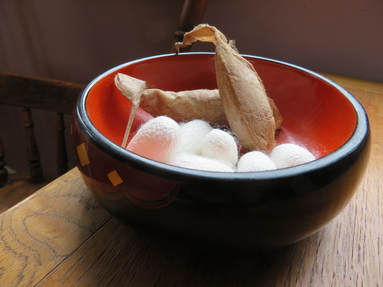 atlas (wild) and bombyx (domestic) silkmoth cocoons atlas (wild) and bombyx (domestic) silkmoth cocoons Before I moved to the farm, I lived in the city. Right at the heart of downtown, in a cement cube with south facing windows surrounded by other people also living in cement cubes. But living in the city had its advantages. All that concrete and asphalt absorb the heat from the sun and holds onto it. This creates a warmer climate than the rest of the area, bumping us up one or even three climate zones. In the city, we can grow things that we cannot in the surrounding countryside. Banana and palm trees are popular choices - in Canada! What I wish I knew at the time is that we can grow cotton too. Cotton grows in the same condition as tomatoes. Cotton loves the warmth and isn't adverse to being kept in pots. In a pot, you can bring cotton inside for the winter. Another thing the city gives us that I don't have on the farm is limited daylight. Cotton is daylight sensitive so on the farm, I have a challenge getting it to set bolls this far north because our days are just too long. But in the summer, the buildings act as a false horizon, cutting off the sun from the earth early. Warmth plus limited daylength. There are lots of other fibre crops and animals we can grow in the city. Linen can also be grown in pots so long as you don't sow the seeds to densely. Within walking distance of my condo were several mulberry trees on public land. Two of them are in gardens specially designed for public harvest - food forest community gardens. I know more than one person who kept silkworms hidden away in their pet-free apartments (caterpillars don't count as pets, right?). They snuck out each morning, about 5am, to harvest mulberry leaves, being careful never to take too much and to always ask permission first. There was an abundance of wormfood available. There was a great article in Spinn Off a few years back explaining how easy it is to grow silk. It was the same one that introduced me to cotton and got me wondering what non-sheep plants and animals can grow fibre in small spaces. Don't have mulberries, try wild silk moths. There are a hundred or more different kinds of moths that produce silk and chances are some of them are native to your area. These wild silk moths produce various colours and textures of silk and in my opinion, they are even more beautiful than bombyx silk. The best thing about them is if they are native to your area, then their food can be found in abundance. Many wild silkmoths consume a variety of different fodder. The Polyphemus moth that is native to my area eats a dozen different trees, so I don't have to go hunting for mulberries. Wormspit's website is the place to go for more information on Bunnies take up a bit more space than silkworms. Angora or any fluffy bunny produces warm and soft fibre. Comb the bunny each day and spin the fibre into lovely lofty yarn. Wildcrafting fibre like nettles or kudzu is another option. Talk to your local parks department to see what you're allowed to harvest. This is also a good source of dye materials. Of course, if you absolutely must have sheep, you can always try to sneak some on the roof. |
CategoriesAll Airwell Angora Animal Fibre Boring Community Cotton Dryland Farming Dye Etsy Shop Experiments Fibre Prep Finance Flax Frugal Household Management Indigo Linen Local Cloth Mediterranean Climate Natural Dye Permaculture Plant Fibre Sewing Silk Tutorial Urban Fibre Vintage Wildcrafting Archives
February 2022
|
|
Created by Tracy Wandling of One Wing Freelance Graphic Design
|
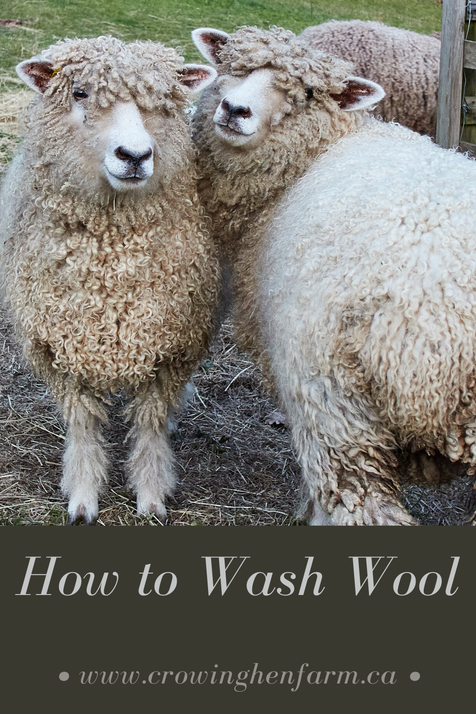
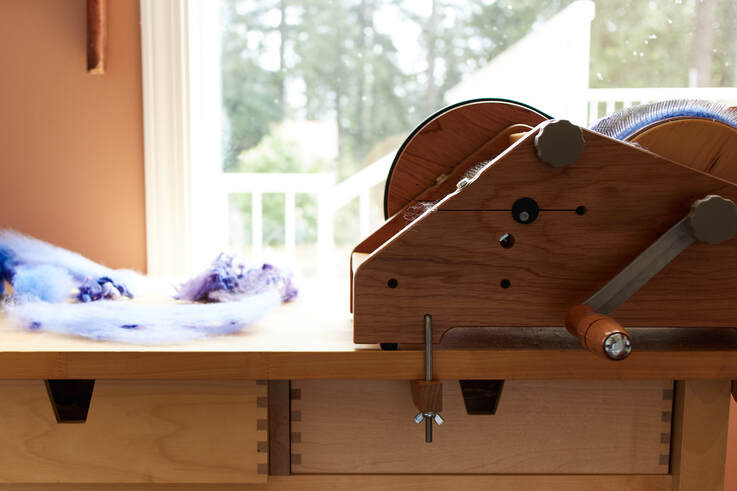
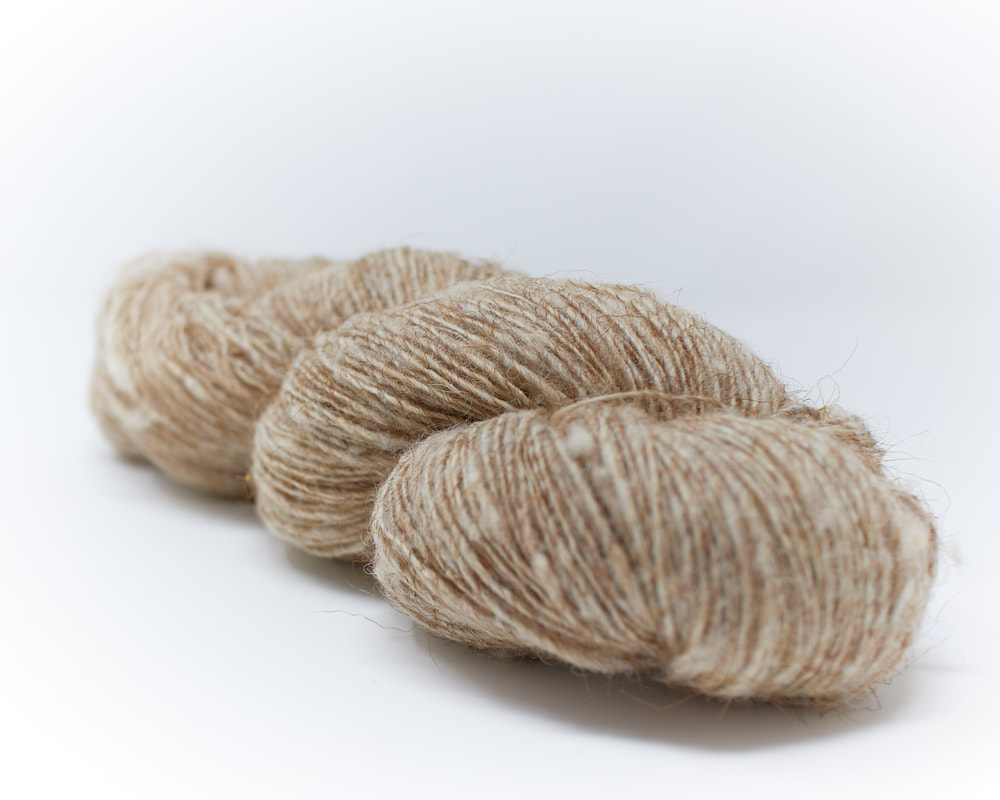
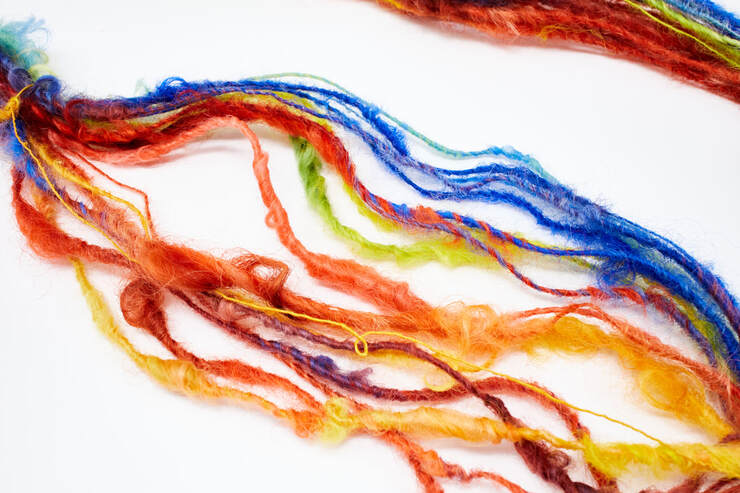

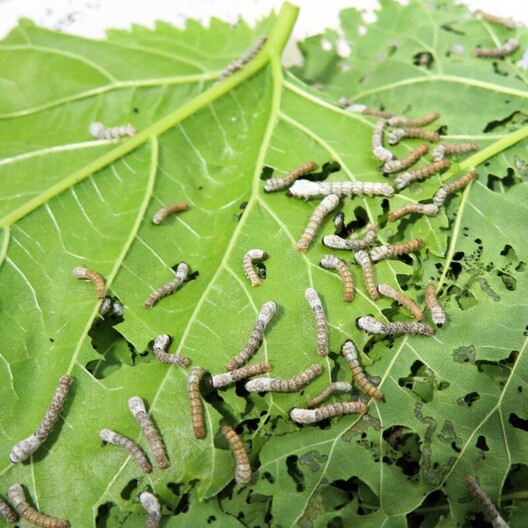
 RSS Feed
RSS Feed
